1. Revolutionary Cancer Treatments Are Extending Pet Lifespans

Cancer is one of the most common causes of death in pets, but recent advancements in oncology have dramatically improved survival rates, according to PetCure Oncology. Traditional treatments like surgery, chemotherapy, and radiation have become more effective and safer, allowing pets to tolerate therapy with fewer side effects. One of the most significant breakthroughs is targeted therapy, which attacks only cancerous cells while sparing healthy tissue. This precision reduces damage to the body, leading to faster recovery times and better quality of life for pets undergoing treatment.
Another exciting development is immunotherapy, which harnesses a pet’s immune system to fight cancer naturally. By training the body to recognize and destroy cancer cells, this treatment offers a powerful alternative to traditional therapies. Liquid biopsies, a cutting-edge diagnostic tool, can now detect cancer through a simple blood test, allowing for much earlier intervention. Personalized medicine is also making waves, with vets tailoring treatments based on a pet’s unique genetic profile. These advancements mean that a cancer diagnosis is no longer an immediate death sentence for pets. With early detection and improved treatments, many animals are living longer and thriving despite their illness.
2. Stem Cell Therapy Is Revolutionizing Regenerative Medicine for Pets
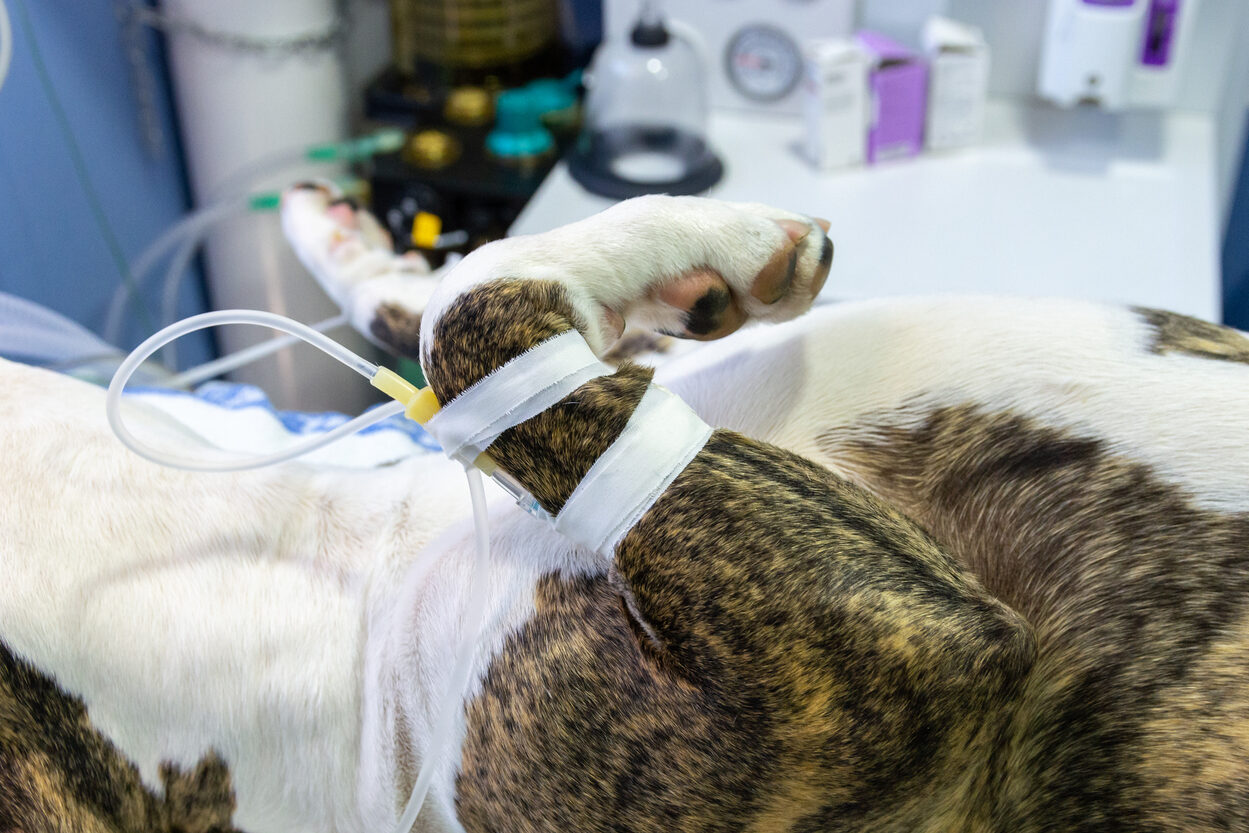
Stem cell therapy is transforming veterinary medicine by offering pets a way to heal naturally, according to PetWellness. This groundbreaking treatment uses a pet’s own stem cells—usually harvested from fat tissue—to repair damaged organs, joints, and tissues. The regenerative properties of stem cells allow them to reduce inflammation, promote healing, and even restore lost function in pets suffering from conditions like arthritis, hip dysplasia, and ligament injuries.
For aging pets, stem cell therapy has been particularly life-changing. Instead of relying on long-term pain medications or invasive surgeries, many dogs and cats with degenerative joint disease are now benefiting from simple injections that regenerate damaged cartilage. The treatment is minimally invasive, has few side effects, and can provide long-lasting relief. As research continues, the potential applications of stem cell therapy are expanding. In the future, it could be used to treat organ failure, neurological conditions, and even spinal cord injuries, giving pets a second chance at mobility and good health.
3. 3D Printing Technology Is Reshaping Veterinary Surgery and Prosthetics
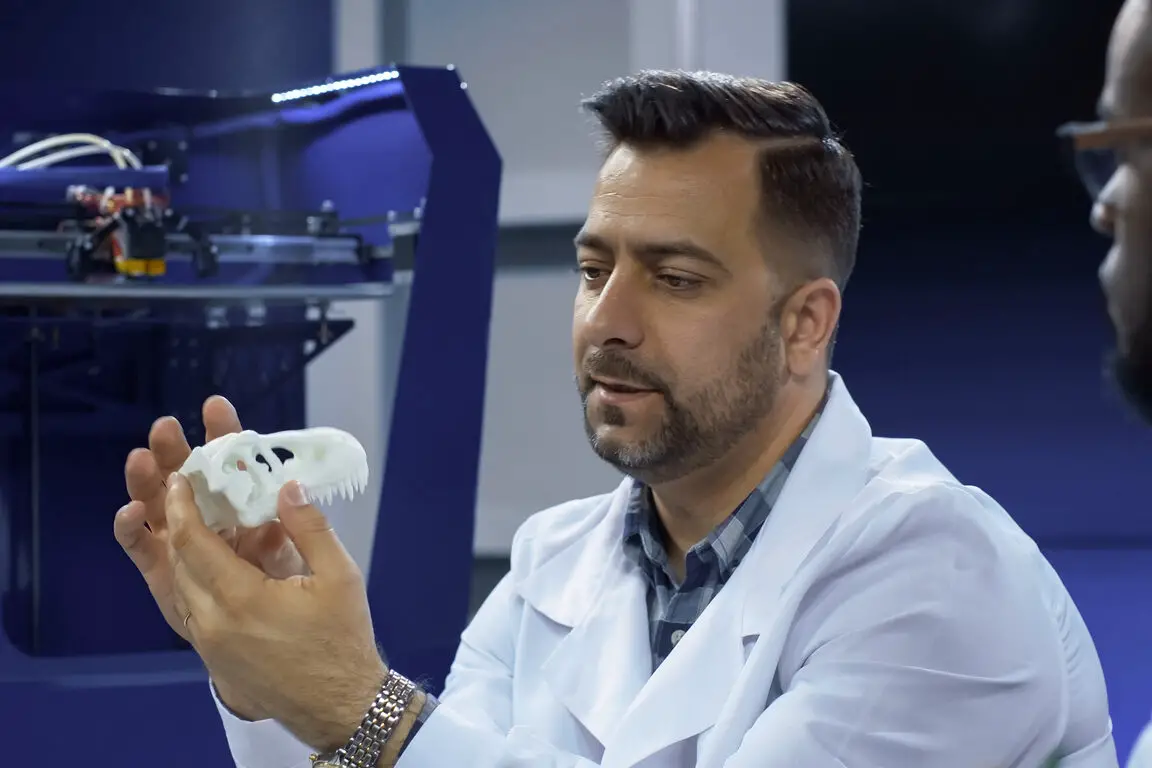
3D printing is revolutionizing veterinary medicine by providing custom solutions for surgical procedures, prosthetics, and even organ models. One of the most significant applications is in creating lifelike anatomical models that allow surgeons to practice complex procedures before operating on a real animal. This level of preparation reduces surgical risks and improves precision, leading to better outcomes and faster recovery times.
For pets who have lost limbs due to injury, birth defects, or cancer, 3D-printed prosthetics offer a new lease on life. Unlike standard prosthetics, these custom-designed devices perfectly match an individual pet’s body structure, ensuring comfort and functionality. Even orthopedic implants and bone grafts can now be 3D printed, allowing for better integration and healing in pets with bone fractures or deformities. As this technology continues to advance, it’s likely that 3D printing will play an even bigger role in veterinary medicine, offering personalized treatment options for a wide range of medical conditions.
4. Genetic Testing and DNA Analysis Are Preventing Hereditary Diseases
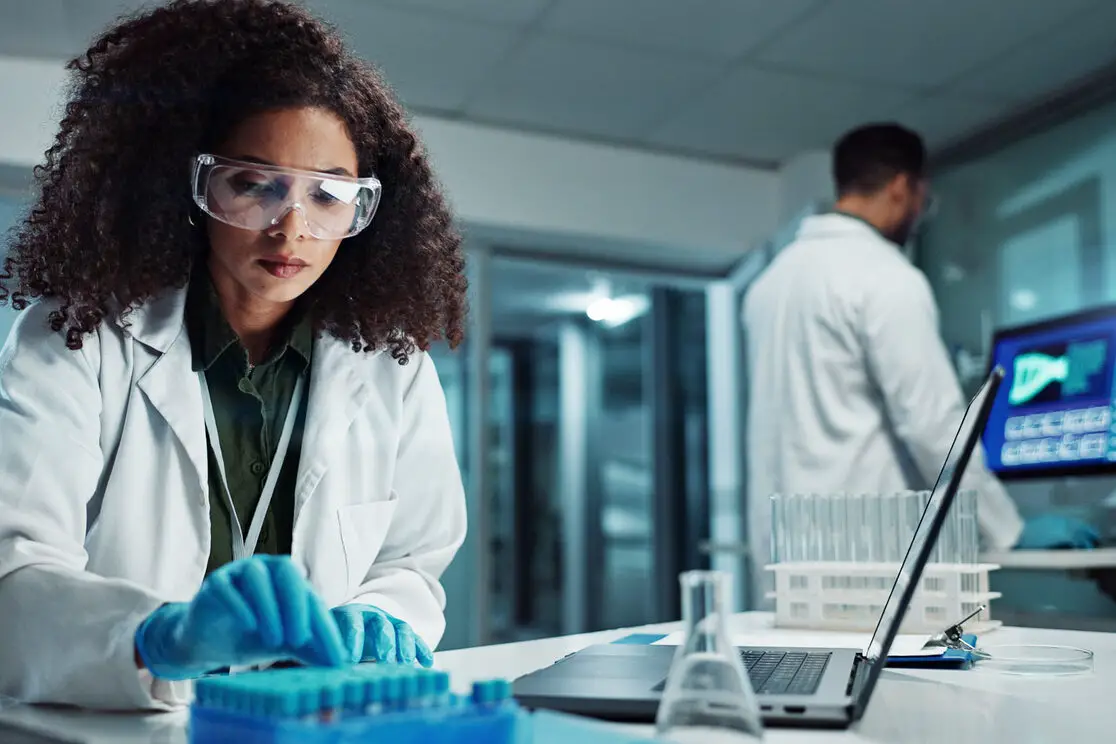
Genetic testing has transformed the way veterinarians diagnose and prevent hereditary diseases in pets, according to Insurance Ranked. By analyzing a pet’s DNA, vets can identify genetic predispositions to illnesses such as hip dysplasia, heart disease, epilepsy, and certain types of cancer before symptoms even appear. This allows pet owners to take preventive measures, such as dietary adjustments, lifestyle changes, and early medical interventions, to reduce the risk of these diseases developing later in life.
DNA testing is particularly beneficial for breeders and shelters. Responsible breeders can use genetic screening to ensure they are not passing on harmful traits to future generations, while shelters can use DNA testing to determine breed-specific health risks and recommend appropriate care for adopted pets. Some DNA tests even offer insights into a pet’s metabolism and response to medications, making treatments more precise. As genetic research advances, this technology is expected to play an even greater role in personalized veterinary care, ensuring that pets receive the best possible treatment based on their unique genetic makeup.
5. Artificial Intelligence (AI) Is Making Diagnoses Faster and More Accurate
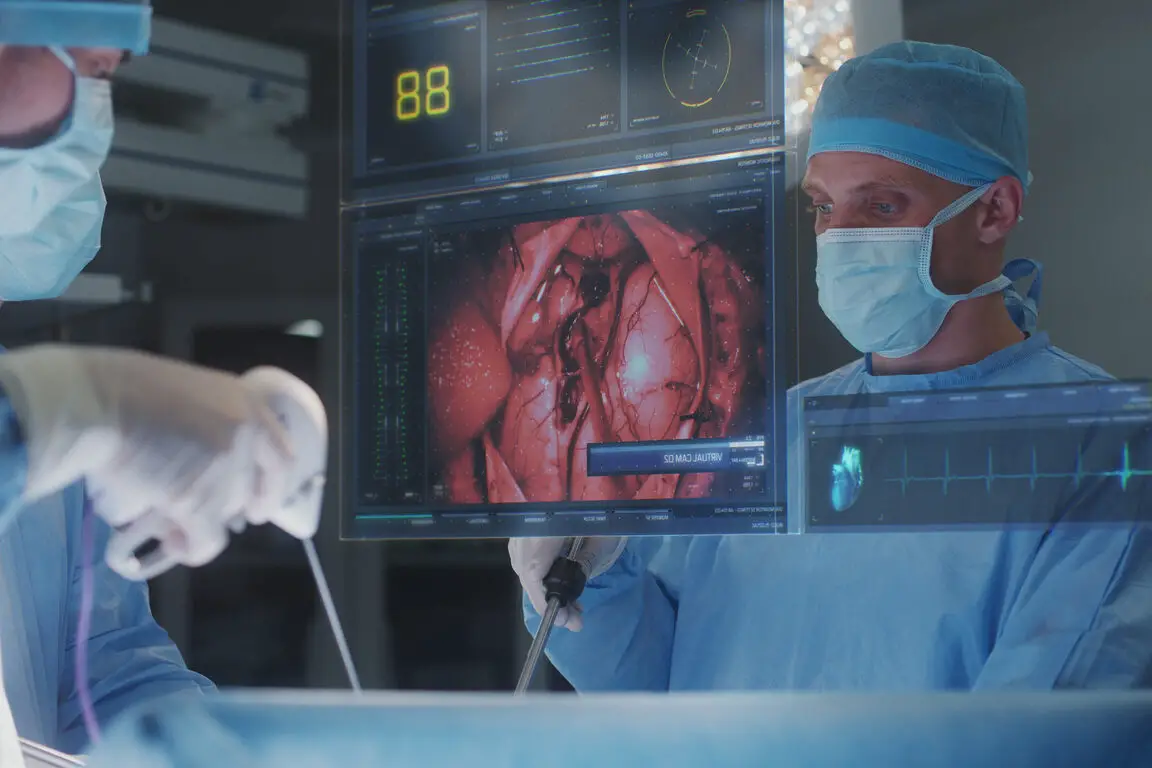
Artificial intelligence is rapidly changing the landscape of veterinary medicine by assisting in faster and more accurate diagnoses. AI-powered software can analyze medical images, such as X-rays, MRIs, and ultrasounds, with incredible precision, often detecting abnormalities that might be missed by the human eye. This allows for earlier detection of conditions such as tumors, fractures, and organ diseases, giving pets a better chance at successful treatment.
Beyond imaging, AI is being used to analyze large amounts of veterinary data to identify patterns and predict disease outbreaks. Some AI systems can even assess a pet’s behavior through video analysis, detecting subtle signs of pain, lameness, or neurological disorders that may go unnoticed during a standard exam. The ability of AI to process vast amounts of information quickly means that veterinarians can make more informed decisions, leading to more effective treatments and better outcomes for pets. As this technology continues to evolve, AI is expected to become an indispensable tool in veterinary medicine, helping pets live longer and healthier lives.
6. Minimally Invasive Surgery Is Reducing Recovery Times
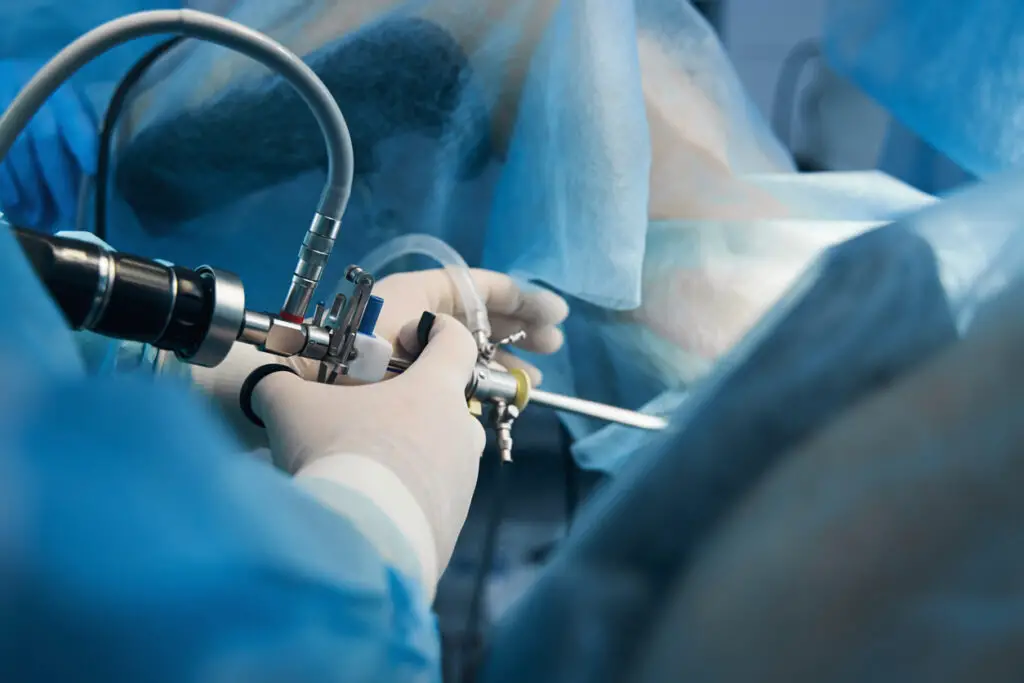
Minimally invasive surgical techniques, such as laparoscopy and endoscopy, have drastically improved the way veterinarians perform procedures. Unlike traditional open surgeries, which require large incisions and longer recovery times, minimally invasive surgery uses tiny incisions and specialized cameras to perform complex operations with greater precision, according to MVMC. This leads to less pain, reduced risk of infection, and much faster healing for pets.
These advanced techniques are now being used for procedures such as spaying, tumor removal, bladder stone removal, and even joint repairs. The use of robotic-assisted surgery is also emerging in veterinary medicine, allowing for even more precision in delicate procedures. As more veterinary clinics adopt minimally invasive surgical options, pet owners can feel more confident that their furry companions will undergo safer procedures with shorter recovery periods, allowing them to return to their normal activities much sooner.
7. Pain Management Has Become More Effective and Humane
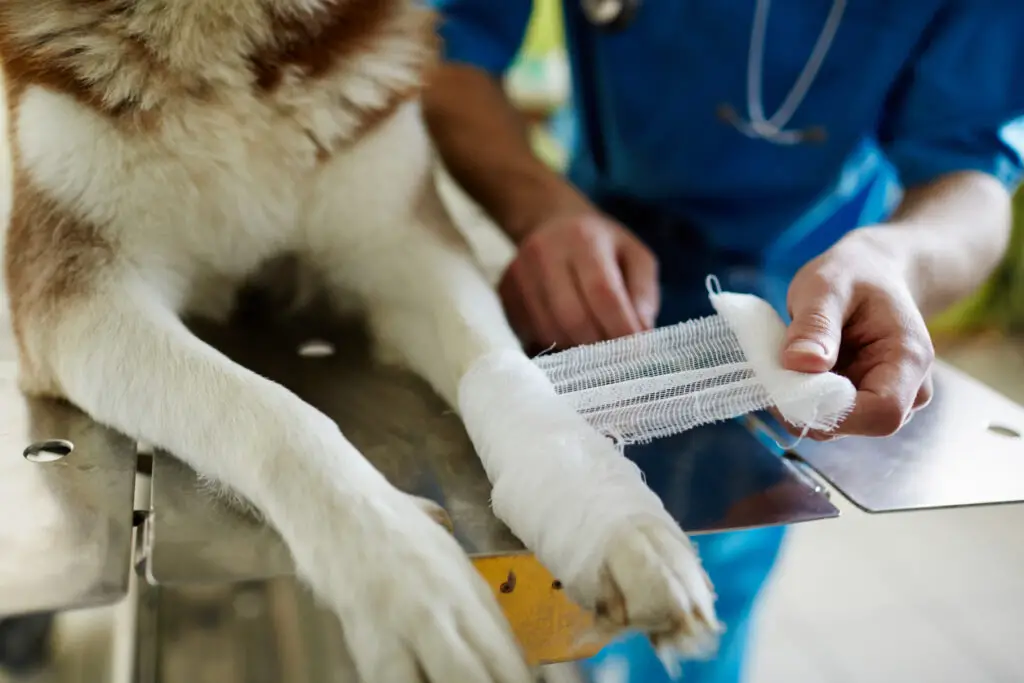
In the past, pain management for pets was often overlooked or limited to basic painkillers. Today, veterinarians have a wide range of advanced pain management options that improve comfort and quality of life, especially for aging pets and those recovering from surgery or injury, according to the AAHA. Modern veterinary pain relief includes multimodal approaches, combining medications, physical therapy, acupuncture, and even laser therapy to provide comprehensive pain control.
One of the most exciting developments is nerve-blocking techniques, which provide targeted pain relief without affecting the rest of the body. Additionally, CBD oil and other alternative therapies have gained popularity for their ability to reduce inflammation and chronic pain in pets suffering from arthritis or neurological conditions. With a better understanding of pain and how it affects animals, veterinarians are now able to create personalized pain management plans that ensure pets remain comfortable and active well into their senior years.
8. Advanced Cardiology Is Saving Pets with Heart Disease
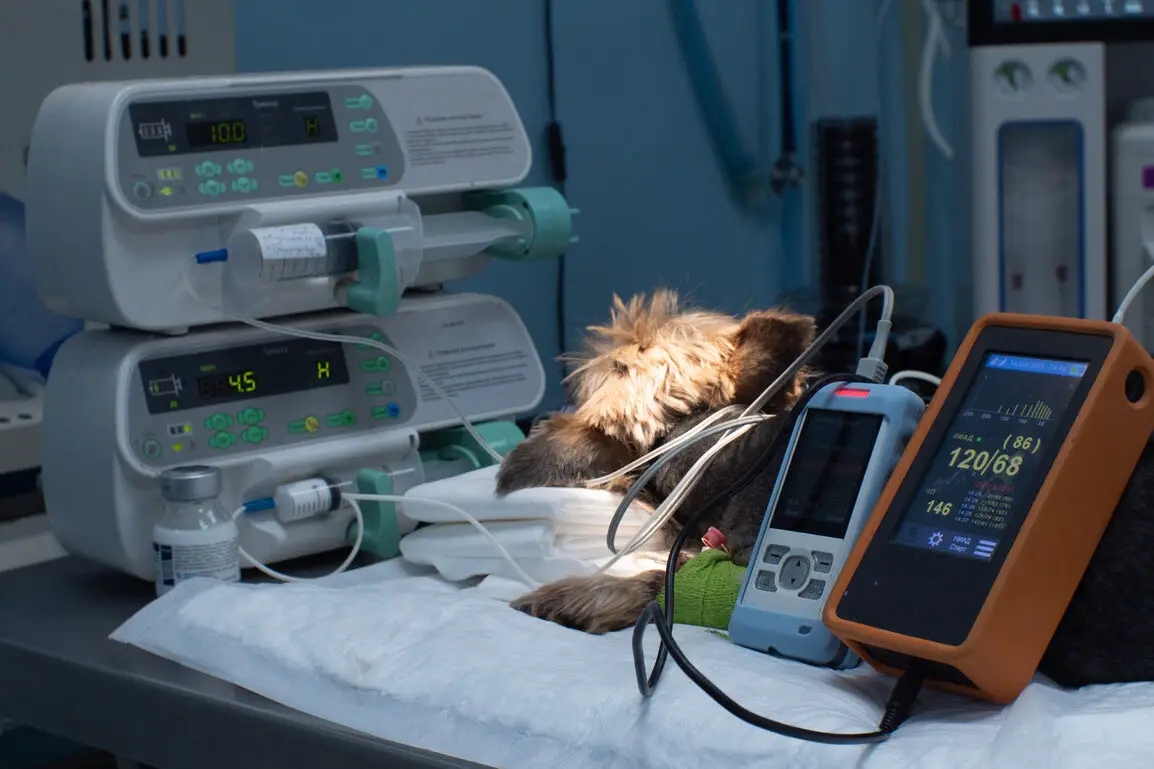
Heart disease is a common cause of death in older pets, but advancements in veterinary cardiology are helping them live longer. Modern diagnostic tools, such as echocardiograms, electrocardiograms (ECGs), and cardiac MRI, allow veterinarians to detect heart conditions at much earlier stages. This early detection enables better management through medication, dietary changes, and even surgical interventions.
One of the biggest breakthroughs in veterinary cardiology is pacemaker implantation, which can regulate a pet’s heartbeat and prevent sudden cardiac failure. Additionally, new heart medications designed specifically for pets are improving heart function and extending lifespans. Veterinarians are also using gene therapy to explore potential cures for inherited heart diseases. With these advancements, pets with heart conditions can now receive the same level of specialized cardiac care as humans, leading to significantly improved survival rates.
Click here for more stories like this
9. Telemedicine Is Making Veterinary Care More Accessible

Telemedicine is transforming the way pet owners access veterinary care, making it easier and more convenient to get expert advice. Virtual consultations allow pet owners to speak with veterinarians from the comfort of their homes, reducing the need for stressful in-person visits—especially for anxious pets. This is particularly helpful for minor health concerns, follow-up appointments, and behavioral consultations.
Beyond consultations, some telemedicine platforms offer AI-powered symptom checkers that help owners determine whether their pet needs urgent care or simple home remedies. Remote monitoring devices, such as smart collars that track heart rate, temperature, and activity levels, are also becoming more common, allowing vets to monitor a pet’s health from a distance. As telemedicine continues to expand, it will play an even greater role in preventive care, ensuring pets receive timely medical attention before minor issues turn into major health problems.
10. Precision Nutrition Is Helping Pets Live Healthier Lives

The saying “you are what you eat” applies to pets just as much as it does to humans. Precision nutrition is a new approach to pet food that tailors diets to an individual’s needs based on their breed, age, health status, and genetic predispositions. Rather than a one-size-fits-all diet, pets can now benefit from customized meal plans that help prevent diseases, improve digestion, and support long-term health.
Nutrigenomics, the study of how diet affects gene expression, is one of the biggest breakthroughs in this field. Research has shown that specific nutrients can activate or suppress certain genes, potentially reducing the risk of conditions like obesity, diabetes, and kidney disease. Prescription diets for pets with chronic illnesses are also more advanced than ever, providing targeted support for conditions such as liver disease, heart disease, and allergies. With better nutrition, pets can maintain optimal health, have more energy, and enjoy longer lifespans.
11. Breakthroughs in Infectious Disease Prevention Are Keeping Pets Healthier
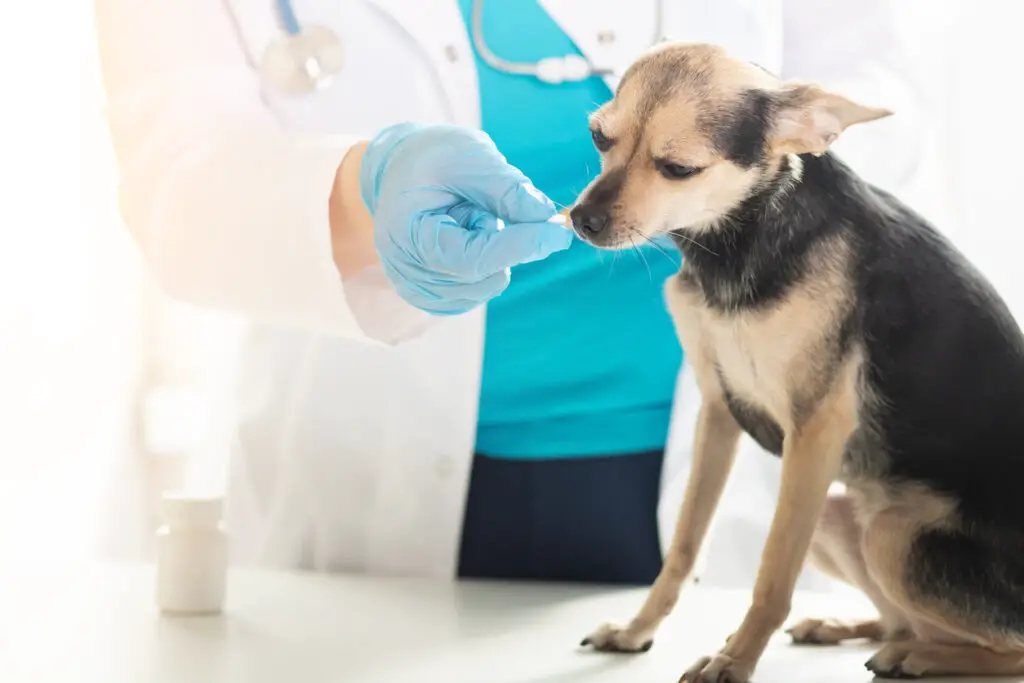
Infectious diseases have long been a major threat to pets, with illnesses such as parvovirus, distemper, and feline leukemia taking countless lives. However, thanks to groundbreaking advancements in vaccines and preventive medicine, pets today are better protected than ever before. Modern vaccines are more effective, longer-lasting, and safer, reducing the risk of adverse reactions while providing comprehensive immunity. Researchers are even developing new-generation vaccines that use mRNA technology—the same revolutionary method used in human COVID-19 vaccines—to create stronger and more targeted immune responses.
Beyond vaccines, veterinary medicine has also made strides in parasite prevention. Fleas, ticks, and heartworms are more than just a nuisance; they can carry deadly diseases. Newer, longer-lasting preventatives are available in the form of oral chews, spot-on treatments, and even injectable options that protect pets for months at a time. Diagnostic testing for infectious diseases has also improved, allowing veterinarians to detect infections before symptoms appear. Thanks to these advancements, many pets who would have been at risk of deadly infections in the past are now living longer, healthier lives with fewer medical complications.
12. Organ Transplants Are Becoming a Lifesaving Option for Pets
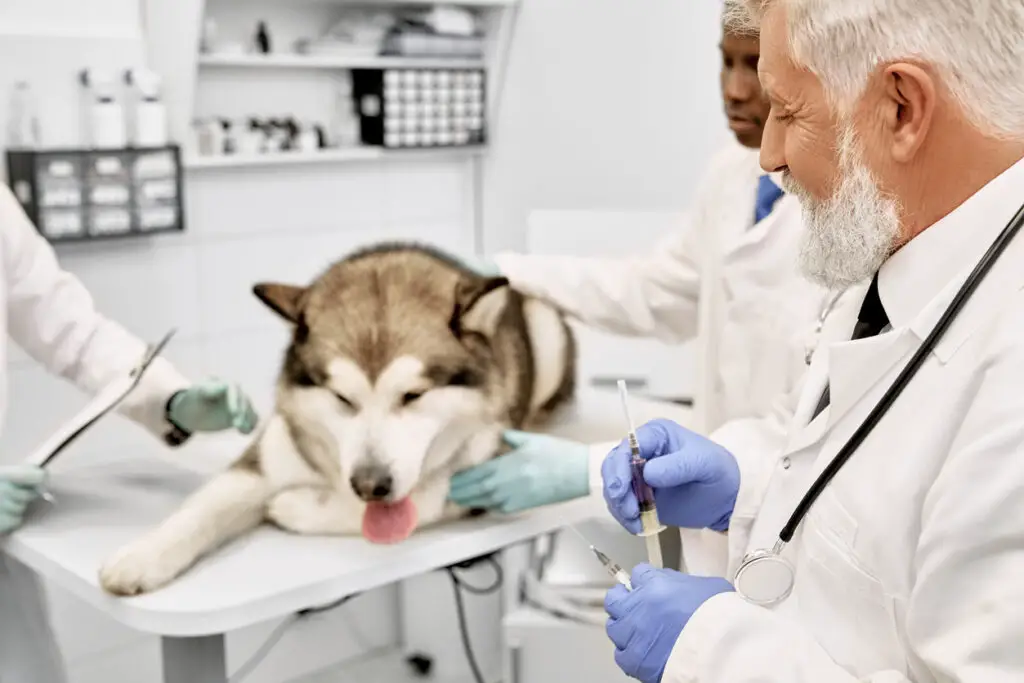
Not long ago, the idea of organ transplants for pets was nearly unthinkable. Today, however, veterinary medicine has made incredible progress in this field, offering kidney, liver, and even heart transplants for animals in critical need. While still not as common as in human medicine, these procedures are becoming more widely available, especially for pets with severe organ failure who have no other treatment options. Advances in immunosuppressive medications have also improved transplant success rates, allowing pets to accept donor organs without life-threatening complications.
Kidney transplants have been particularly groundbreaking for cats suffering from chronic kidney disease, a condition that affects a large percentage of senior felines. Some veterinary institutions even have transplant programs where a donor cat is adopted into the recipient’s home after surgery, ensuring a compassionate approach to organ donation. Research is ongoing into bioengineered and 3D-printed organs, which could one day eliminate the need for donors altogether. If these technologies continue to evolve, they could completely change the future of end-stage organ disease treatment in pets, potentially allowing thousands of animals to live longer, healthier lives.
13. Cutting-Edge Neurological Treatments Are Giving Paralyzed Pets a Second Chance
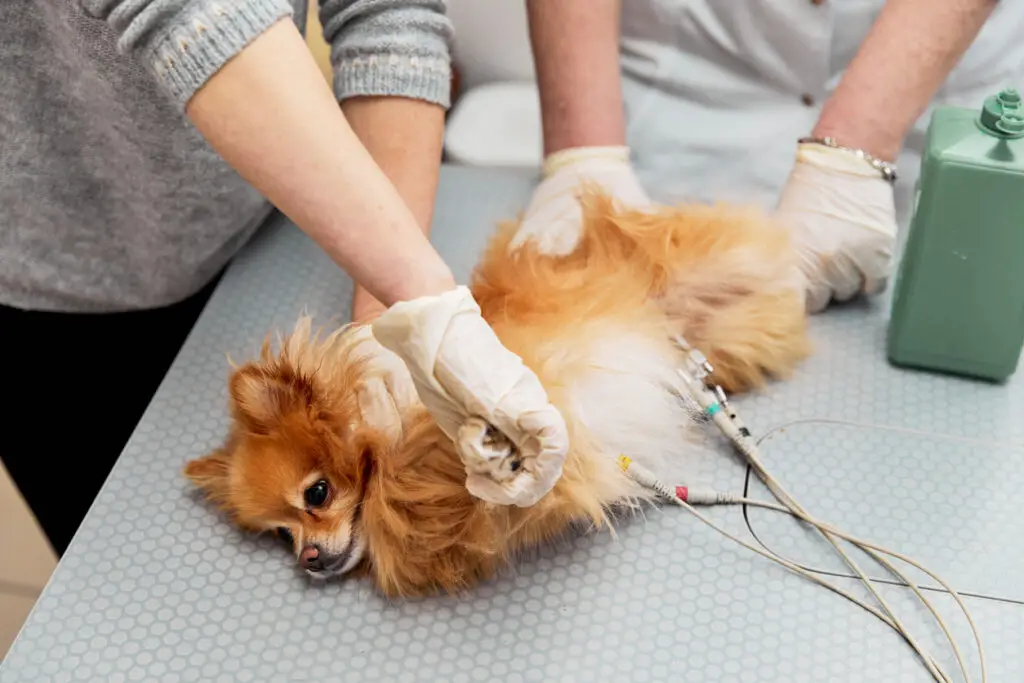
Neurological disorders, such as spinal cord injuries, epilepsy, and degenerative myelopathy, have historically been among the most challenging conditions to treat in pets. However, veterinary medicine has made enormous strides in understanding and managing these diseases, giving pets new hope for recovery. Advanced imaging techniques, such as MRI and CT scans, now allow veterinarians to pinpoint neurological issues with incredible accuracy, making diagnosis more precise than ever before. Early detection is critical, as it enables quicker intervention and better treatment outcomes.
One of the most exciting advancements in this field is the use of regenerative medicine, including stem cell therapy and nerve growth factors, to repair damaged spinal tissue. In some cases, paralyzed dogs and cats have regained mobility after receiving these treatments. Additionally, breakthroughs in physical rehabilitation, hydrotherapy, and custom mobility devices—such as dog wheelchairs and exoskeletons—are allowing pets with neurological conditions to regain independence. Some experimental treatments even involve electrical stimulation of nerves to help paralyzed pets regain movement. As these therapies continue to advance, pets with neurological conditions that were once considered untreatable now have a real chance at leading long and fulfilling lives.
14. Advanced Dental Care Is Extending Lifespans by Preventing Deadly Infections
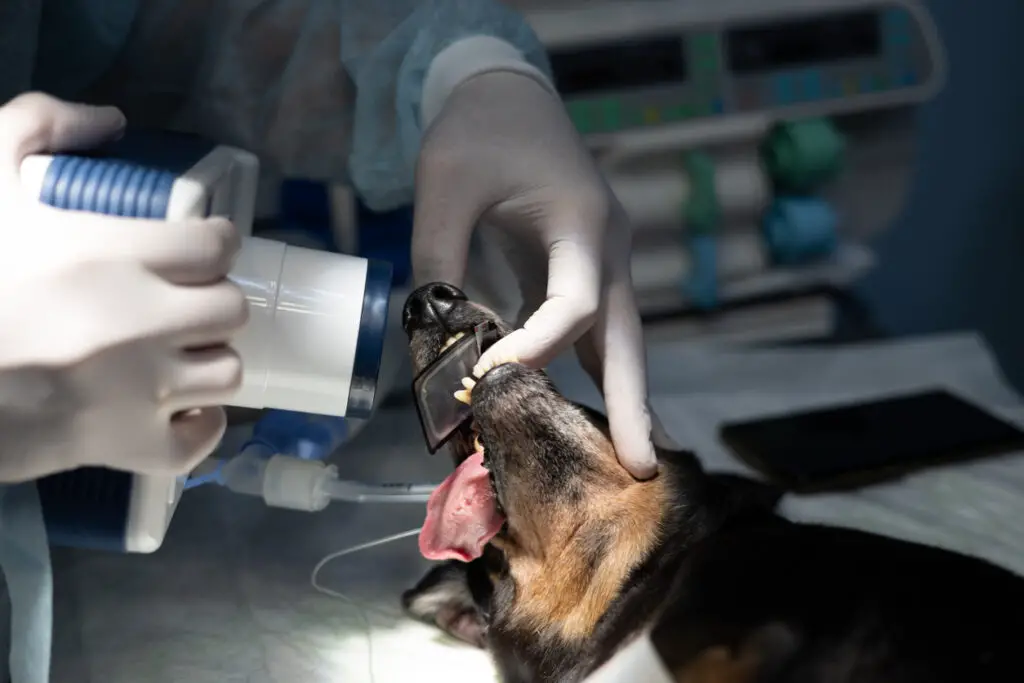
Dental disease is one of the most overlooked yet significant health issues in pets. Studies show that by age three, nearly 80% of dogs and 70% of cats have some form of periodontal disease, which can lead to severe infections, tooth loss, and even organ damage. Fortunately, advancements in veterinary dentistry are changing the way we approach pet oral health. New ultrasonic and laser-based cleaning techniques are allowing veterinarians to remove plaque and tartar more effectively while minimizing discomfort.
Beyond routine cleanings, modern veterinary dentistry now includes advanced procedures such as root canals, crowns, and even dental implants for pets who have lost teeth due to injury or disease. Research has also shown that poor dental health can contribute to heart, kidney, and liver diseases in pets, as bacteria from the mouth can enter the bloodstream and cause systemic infections. That’s why veterinarians are emphasizing preventive dental care more than ever, with specialized diets, water additives, and pet-friendly toothpaste helping to keep pets’ teeth and gums healthy. By prioritizing dental health, pet owners can significantly reduce the risk of life-threatening complications and ensure their furry companions live longer, pain-free lives.
15. Personalized Medicine Is Creating Tailored Treatments for Individual Pets
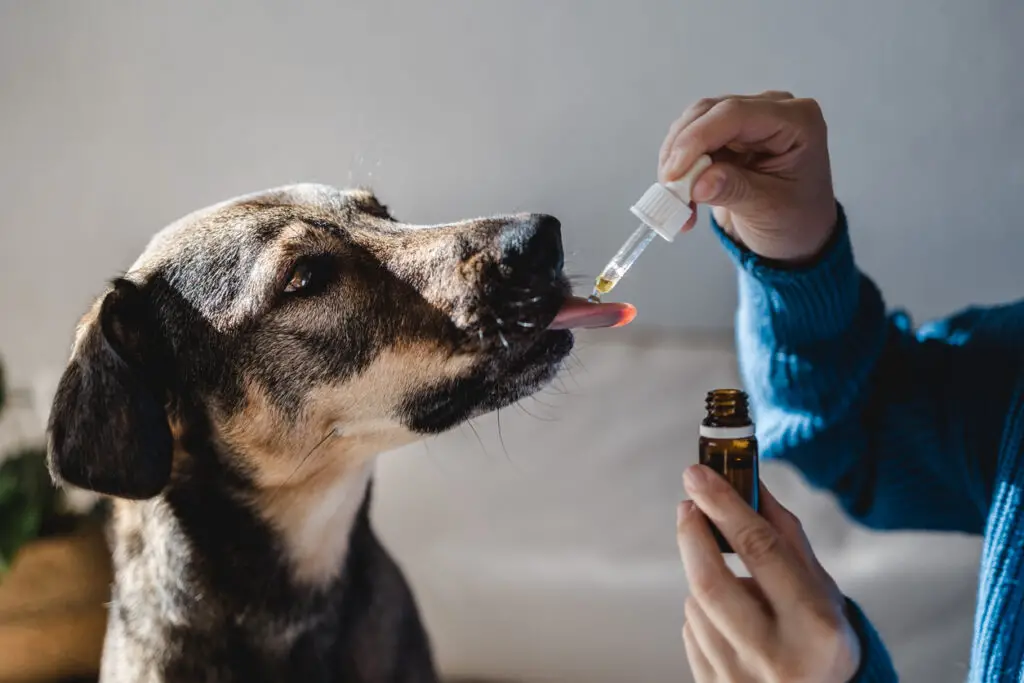
The future of veterinary medicine is shifting toward a more personalized approach, where treatments are tailored to an individual pet’s specific needs rather than relying on one-size-fits-all solutions. This revolution in pet healthcare is driven by advancements in genetic testing, precision nutrition, and biomarker-based diagnostics, allowing veterinarians to create highly customized treatment plans that address each pet’s unique health profile.
For example, some pets metabolize medications differently due to their genetic makeup. With personalized medicine, vets can perform pharmacogenetic testing to determine how a pet’s body will respond to specific drugs, reducing the risk of adverse reactions and improving treatment effectiveness. Personalized cancer treatments are also becoming more common, with genetic profiling helping veterinarians choose the best therapies for each individual patient. Even pet nutrition is evolving in this direction, with specialized diets formulated based on a pet’s genetic predispositions, lifestyle, and health conditions. As more research emerges, personalized veterinary medicine is expected to become the gold standard in pet care, ensuring that every animal receives the most effective and tailored treatments for a longer, healthier life.


